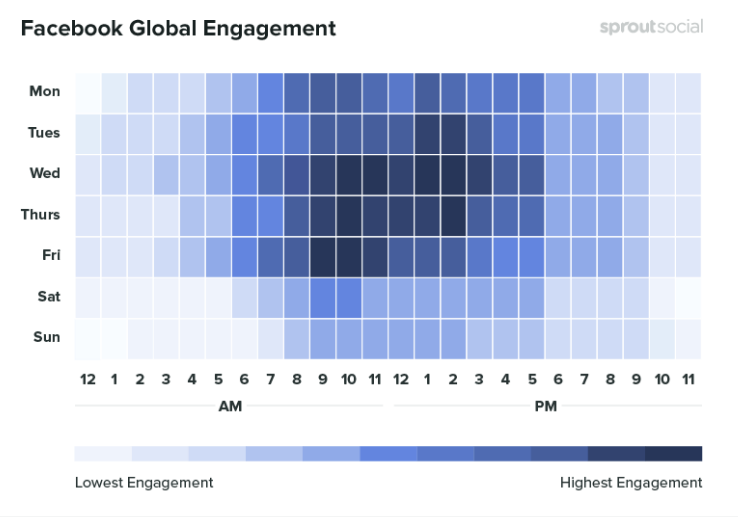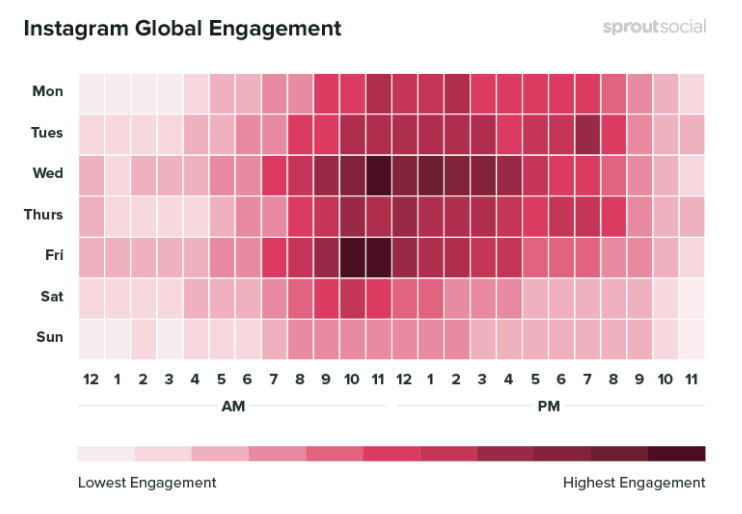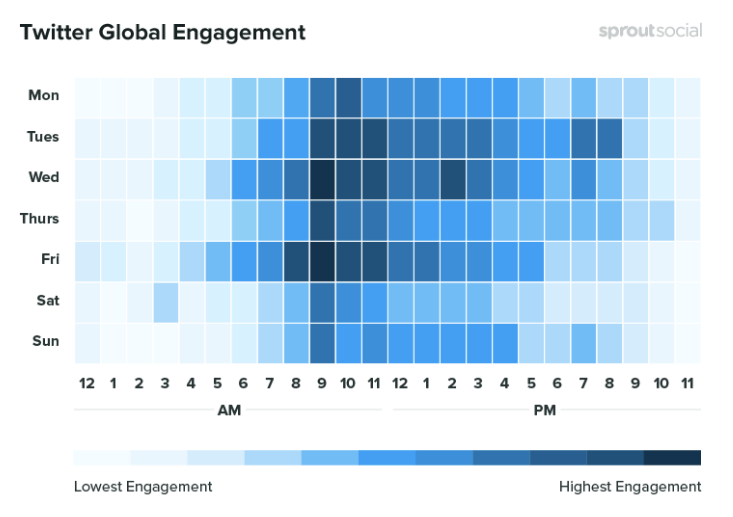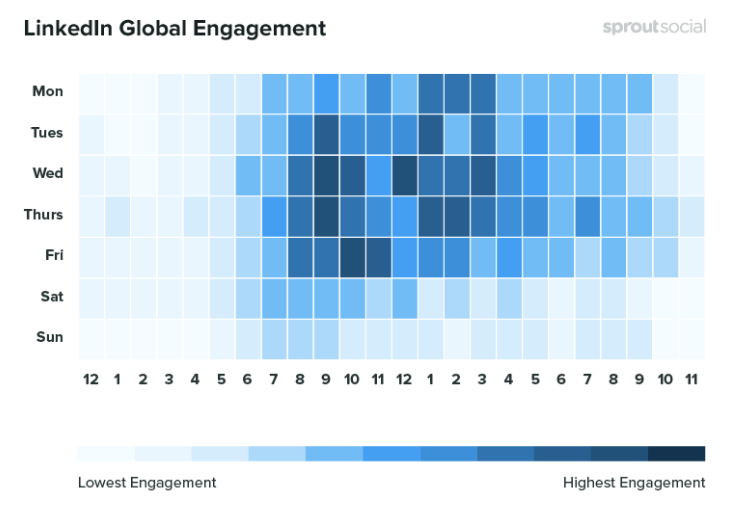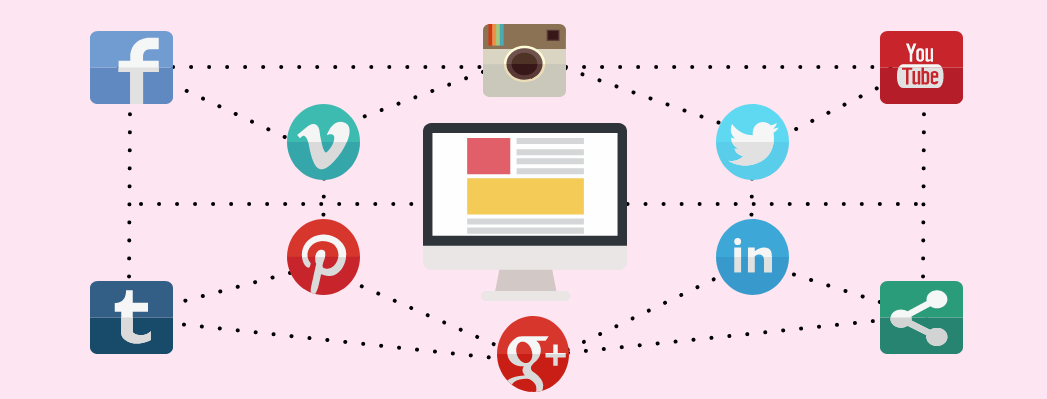
(Image created with Piktochart.com about 12 social media marketing myths)
12 Social media marketing myths that you probably didn’t know were false!
The rise of social media has come about since the 1990s, starting off in 1997 with the first social networking site, Six Degrees. From then on, social media has rocketed sky-high with the range of sites as well as the functions that they enable us to do in day-to-day life.
We don’t really think about it, but the way we use social media, as individuals, is a lot different to how businesses use it. They use it to gain customers attention as well as reaching out to the new potential consumers. A report in 2012 showcased that businesses use social media to get exposure, traffic and gain market insights.
Throughout the evolution of marketing in the social media industry, there have been a plethora of myths that have come about from the lack of understanding within the sector. We have found 12 social media marketing myths that we thought need to be put right.
#1 – Social media marketing is unmeasurable!
FALSE! Social media marketing is measurable. In a lot more ways than you may think. Neil Patel, an online marketing entrepreneur, has enlighted two types of social media measurement – ongoing analytics, tracking activity over time, and campaign focused metrics, analytics with a clear beginning and end.
It’s important for you to establish a pattern to follow in order to be able to measure these key aspects of your social media activity. Follow this step-by-step guide:
Determine your social goals!
Make sure you have a clear set of goals that you want to achieve throughout your social media activity.
Create metrics to measure the goals!
- Do you want to raise awareness? Use exposure, volume, reach metrics to see how far your message reaching.
- Measuring engagement? Use metrics around the retweets, comments, replies. How many people are getting involved and creating conversation?
- Look at the URL shares, clicks and conversions to figure out how much traffic is driving to your site.
- Influence of people engaging
- Sharing your voice
MEASURE!
Monitor & Report!
- Look at the benchmarks you have set and add context so that stakeholders can understand quickly.
- It’s a good idea to use visuals such as graphs, making it easier to communicate across your results.
Adjust & Repeat the process!
#2 – The more you post, the better! Get posting!!!
STOP. Move your finger away from that upload button. The truth of how much you post is as follows:
“Post as often as you can post quality content”
Dependent on what platform you are using, you should take a look at what you can do to get the most out of your posts. One of Louise Myer’s tips includes that, “use the analysed data from previous marketing campaigns to see when your users are most active.”
Thanks to Hubspot’s research, we can see that pages under 10,000 fan experienced a 50% drop if they post more than once a day! Look at how many times you should post:
Facebook – 3 times per week
Twitter – 3 to 30 tweets a day
Pinterest – Minimum 3 Pins a day to maximum 30 Pins a day
Instagram – Once a day, but no more than 3 in one day
LinkedIn – At least twice a week
#3 – The more followers you have, the more successful your business is performing.
One loyal, engaging connection is a lot more valuable than one thousand followers that don’t engage with your brand or platforms at all!
You will need to take time to look at other factors that can distinguish whether people that are following you have an interest in your brand or not at all. Track the forms of engagement such as click-throughs to your site and on-site behaviour. Look at how your followers are engaging with your content.
#4 – Just ignore that negative feedback, they don’t mean anything.
Firstly, NEVER ignore negative feedback. Secondly, you should embrace it to enable you to grow as a business and a person.
A top tip to always remember:
Be wary of the comments you may delete! It can create more anger and comments that could jeopardise your business.
There are 4 steps you can take to breathe in, collect yourself and not get angry at the comments that may seem negative to you:
Listen carefully
Those comments that put a downer on your business aren’t there to rip you to shreds. Make sure you take a calm approach and listen to what is being said.
Response time really does matter!
Don’t take days to reply to a comment! Make a good impression and lasting impact to show you actually care with replying within 30 minutes to 1 hour. If you don’t reply at all, or way too late, negative sentiment can rocket and multiply.
Be a human! Be clear! Try not to come back too negative!
Be truthful to yourself and your brand. More likely than not, people would respond better to those that aren’t talking like a robot to their consumers!
Respond publicly, then move to a private conversation – if necessary
Be clear to show concern publicly and then take it to a private conversation if this is necessary. That way, other consumers can see that you have replied and not ignored the comment.
#5 – Social media marketing is entirely FREE!!!
Social media is a free service that people can connect with others, businesses can have access to consumers. It demand’s an aspect that actually makes you think for a second, social media is NOT free.
There are features that are seen as not-so-free, such as taking out your own time, someone else’s time and sometimes even the advertising tools that you wish to use on different platforms. Showcasing the cost of social media.
#6 – Don’t get too personal, no one is really interested in that!
FALSE! Getting personal is something everyone is interested in! Bryan Kramer, a social business strategist and author, expresses that businesses should look into the H”H approach of communications, referring to human to human. Becoming more personal makes the business seem more like a person than a company.
There are 4 different ways to look into getting personal, tone of voice, customer service, videos and transparency.
#7 – You have to be active on EVERY platform to be successful.
Now, this is something that we should talk about. Being successful on every social media platform should not be a necessity for the growth of your business.
You need to determine your target market before diving onto a random platform. As well as this, look into what your objectives are and what you are selling.
Have a look at these social media statistics we learnt from EKM.com:

- 2.2 billion monthly active users
- Age demographics of 18-54

- 800 million monthly active users
- Age demographics of 18-29

- 330 million monthly active users
- 18 – 29 is the most common age range
#8 – Content and social media are entirely separate.
Content and social media are not entirely separate. It is the connection between the two that people care about and look for. It is all about creating a brand and keeping up the information needed to provide customers with an idea to crave more.
#9 – You will always get a follow back from those you follow!
Not entirely true. Not everyone that you follow will follow you back. You’re going to have to work in different ways to increase your followings.
Try using hashtags, linking other people/brands and looking into adding places to your posts. This will increase the number of people viewing your content and therefore more of a chance for people to follow you back.
#10 – Social media is for young people, ONLY!
Whilst this may seem true, it really isn’t. It is becoming common for older generations to get more and more involved in social media.
If you are wanting to target an older generation, your best bet is Facebook. In 2017, 9% of Facebook users were aged 55 and over, according to Statista.com. Twitter is something that is on the rise in the hands of the older generation, as well as Instagram.
Make sure you take a look into having links on all your social media posts, to a website or a product. Baby boomers are more likely to click on a link rather than ignore it!
#11 – Your audience will come naturally to you, no need to chase it.
Whether you are starting up or wanting to gain more followers, your social media will continue to grow through how you reach them. The best ways to get your followers is through organic media and also through advertising. This will enhance the number of on-going sales.
Looking at the Entrepreneur.com, we can see 12 different ways for people to help increase your following:
- Strong social profiles/pages needed
- Share quality content
- Link to top social accounts on the website
- Add social accounts to your email signatures
- Cross-promote social accounts
- Follow Target market
- Use advertising
- Like other pages
- Open up a profile to followers
- Participate in groups
- Use hashtags
- Comment on posts
#12 – It doesn’t matter when you post! You can post at any time of day!
It really does matter. Take a look at when is best to post based on the activity on your followers. Here are a few guides to show when you can post at peak time! Thanks to SproutSocial.com, we can see a different time on each platform.
(Images with thanks to SproutSocial.com)
Facebook: Wednesday at 11 a.m. and 1 p.m.
Instagram: Wednesday at 11 a.m. and Friday at 10–11 a.m.
Twitter: Wednesday at 9 a.m. and Friday at 9 a.m.
LinkedIn: Wednesday at 9–10 a.m. and 12 p.m.
After looking at these 12 myths of social media marketing and put them straight, we can now go into social media marketing with an open mind and use it to the best of our abilities to attract consumers but also be a way to engage with them.
We understand that managing your social media may be time-consuming and hard to keep on top on. That’s why here at Silkstream we can be of assistance. From setting up Facebook to scheduled tweets, content creation and blogging, we can take care of all your social media requirements.

